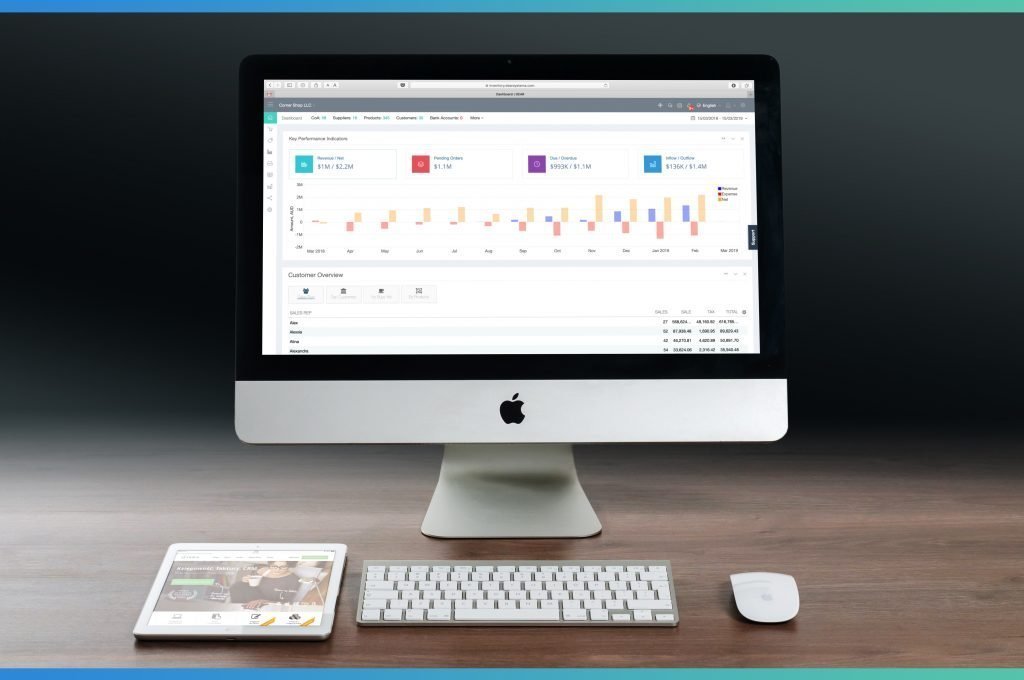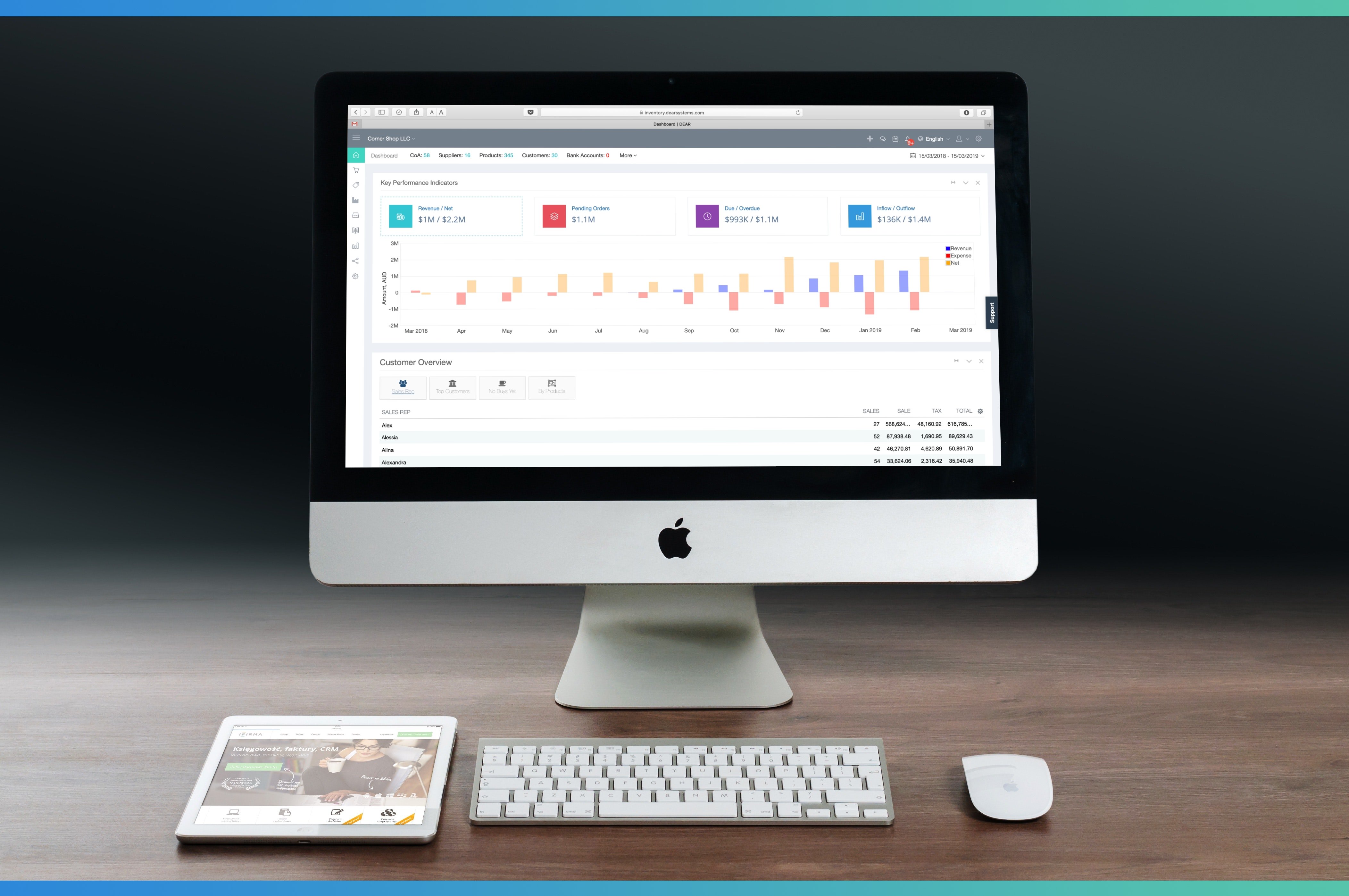
Inventory management has only gotten better. Providers know how to make an impeccable system. What that looks like, though, can vary tremendously.
The spectrum has expanded. The technology has gotten better and developers are learning new tactics. Some take it to one end of the spectrum (simple and basic) and others pack the platforms with innumerable features (the expensive and demanding).
How do you eventually determine what kind of system you need? We look at three main tips for narrowing down the list of options and finding a platform versatile enough to accommodate your specific needs.
Cost
Inventory management has never been more affordable. It has also never been more expensive.
While cost can vary from $5 a month to tens of thousands a year, you should learn the baseline for a low-cost system and the baseline for an expensive one, and settle somewhere you can afford. You may want the most jam-packed system in the industry, but if your budget can’t handle it, there isn’t much of a point pursuing it. You generally want to avoid bottom-barrel cost platforms. While it may be an attractive price, the industry average states that somewhere, somehow, you are going to be missing out.
Features Needed
What do you really want from your inventory? What is your most frustrating business challenge? Only by knowing the details of your business can you develop a list of features you need- and the system which can provide them.
Some platforms are simply out-of-box functionality. In other words, what you get is what you get. While customization may be possible, you aren’t going to get a lot in the way of additional features.
Other providers go in the opposite direction. They have a base platform, but clients can receive additional features, like real-time insights, to improve their business processes. They can request changes which meet their new business demands. These platforms are inherently flexible, and offer a distinct advantage.
Support
Do you want active support or are you find with a more passive support system? This is important because support comes at a cost. If you don’t suspect you will need it due to your own current knowledge of how inventory platforms work, you probably don’t need to pursue a platform that stresses a high-level of support.
Support can be as engaging as a direct phone contact. You call a number, you get a person, and they walk you through everything, such as integrating new modules or creating charts. This type of support is integral for a business leader who has little understanding of inventory management, but it could be unnecessary for a master looking for high automation.
Support can also come in the form of periodic updates. Some platforms are extremely cheap because they are not receiving active updates. In other words, no one is continuing to work on them. The platform will be whatever it is now, which can be great if your top need is affordability. But if the platform lacks even one feature, you may be out of luck forever.
The above three aspects can really help you pinpoint what you need from an inventory management platform. Cost can help narrow down the possibilities, while the features you need can help you focus on a top three. Whether the system provides detailed support could help close the deal.
What you need from a system, above all else, is flexibility. The future is never set ins tone. The best platforms can accommodate scale, provide comprehensive charts, and give you all the tools you need to tackle any and all future challenges. DEAR inventory management can help you set the tone for your business.
Start your free 14-day trial today
Benefits of Integrating your Inventory Management Software & Accounting
5 Tips for Choosing the Right Inventory Tracking Software
